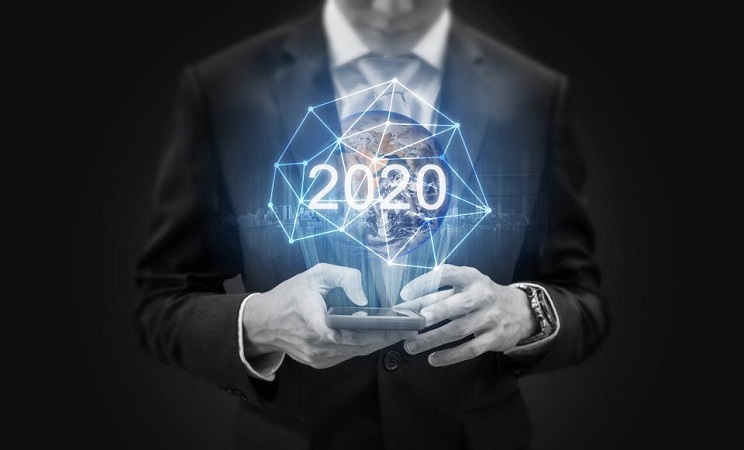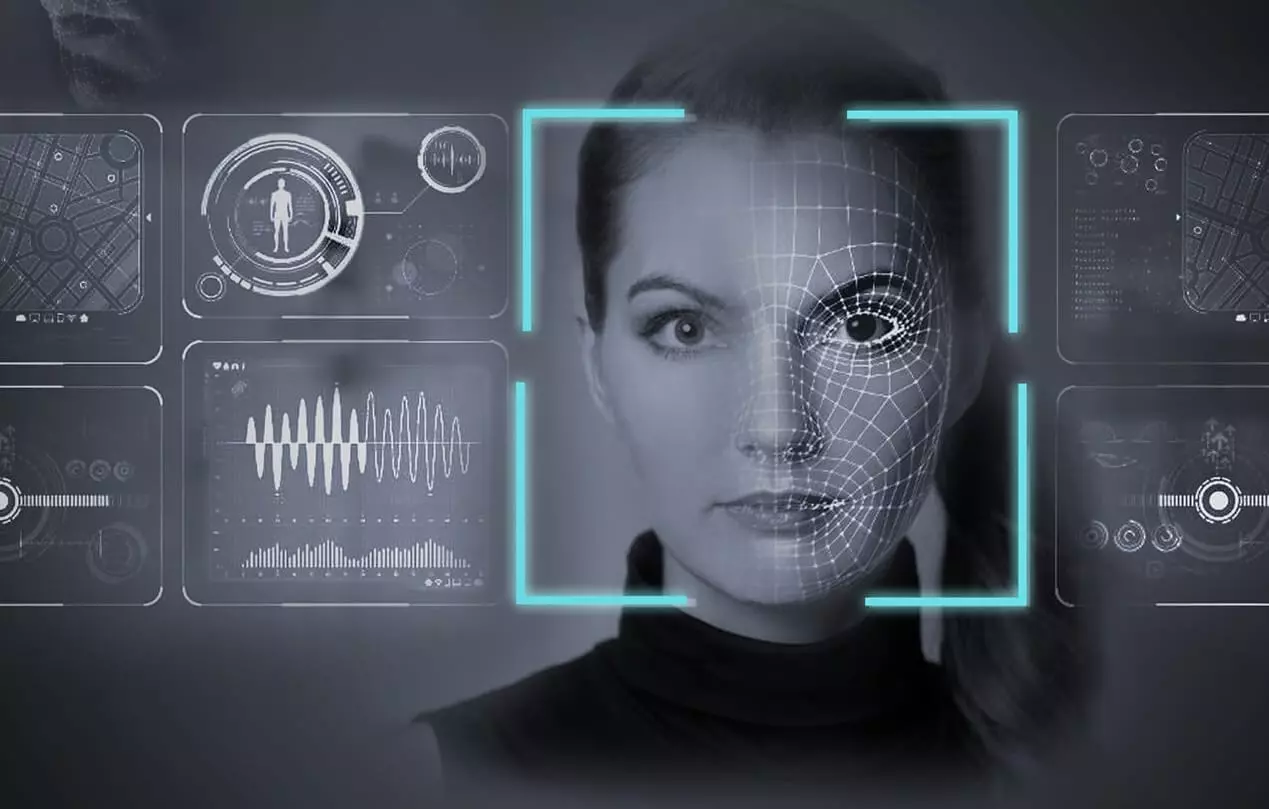Currently there are multiple uses and projects of Artificial Intelligence (AI), and it can be difficult to keep up to date on these. To help companies understand the trends to follow, Udemy , a global training platform for online learning and teaching , shares the five that will mark this 2020 and the next decade.
1. Robotic Process Automation (RPA). It is an ideal type of software robot for repetitive, high-volume tasks involving the use of a computer.
Some examples of applications are: billing, payroll processes, data extraction and aggregation, scheduling, shipment tracking.
2. Natural Language Processing (PNL). This technology applies machine learning models to teach computers how to understand what is said in written and spoken language. Due to its growing applications, it is perhaps one of the main branches of AI with tangible economic value.
It is becoming especially popular as consumers adopt voice interface technology like Google Home or Amazon Alexa. Instead of writing or interacting with graphics on a screen, we speak with devices that can understand our informal language.
NLP can be divided into two sub-applications:
to. Understanding of natural language, which consists of a machine that reviews a text and accurately interprets its meaning.
b. Natural language generation, where a system generates a logical response to a text or entry.
Some examples of applications are: opinion analysis, chatbots , automatic translation, automatic summary, automatic video subtitling.
3. Reinforcement learning. It is a system that trains itself through trial and error to achieve a certain goal, supported by a method of rewards to reinforce its decisions. So an AI takes some data as input and returns an action as output, when it does this correctly it receives a prize. The better you perform your task, the more rewards are given to the system and vice versa.
Some examples of applications are: personalized recommendations, optimization of the advertising budget and advertising content.
4. Edge computing. With the rise of smart devices enabled for the Internet of Things, there is a large amount of data "flying"; Processing them is complex since it requires sending information to servers located hundreds or even thousands of kilometers away.
Edge Computing brings the servers and the necessary data storage closer to the devices to decrease latency and achieve real-time information processing. If cloud computing is Big Data, Edge computing is instant information.
Another type of Edge Computing is performed on nodes, which serve as mini servers close to a local telecommunications provider. Using a node creates a bridge between the cloud and local computing options; This technique results in lower costs and less time spent on data processing, making the consumer have a better experience.
Some examples of applications are: interconnection of more devices, growth of Internet of Things technology.
5. Open source AI work environment. The world of programming is based on libraries and work environments that eliminate redundancies from the daily work of coding.
Similarly, open source artificial intelligence programming environments are allowing the development of this technology to rapidly expand to more people.
Some examples of applications are: prototyping and training of complex AI algorithms, building pipelines to define, optimizing and evaluating an AI model, automating the training of a reinforcement learning module, or building neural networks with only a few lines of code.


